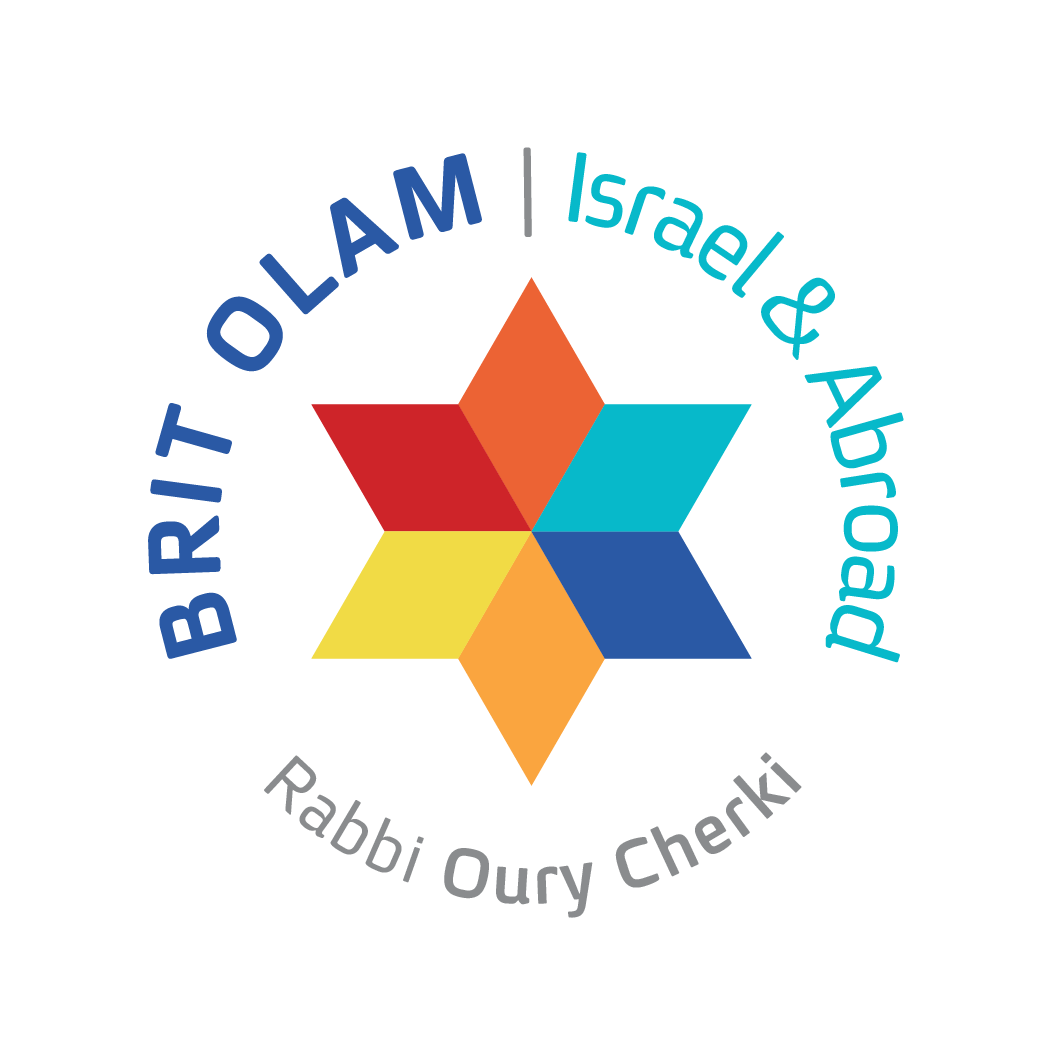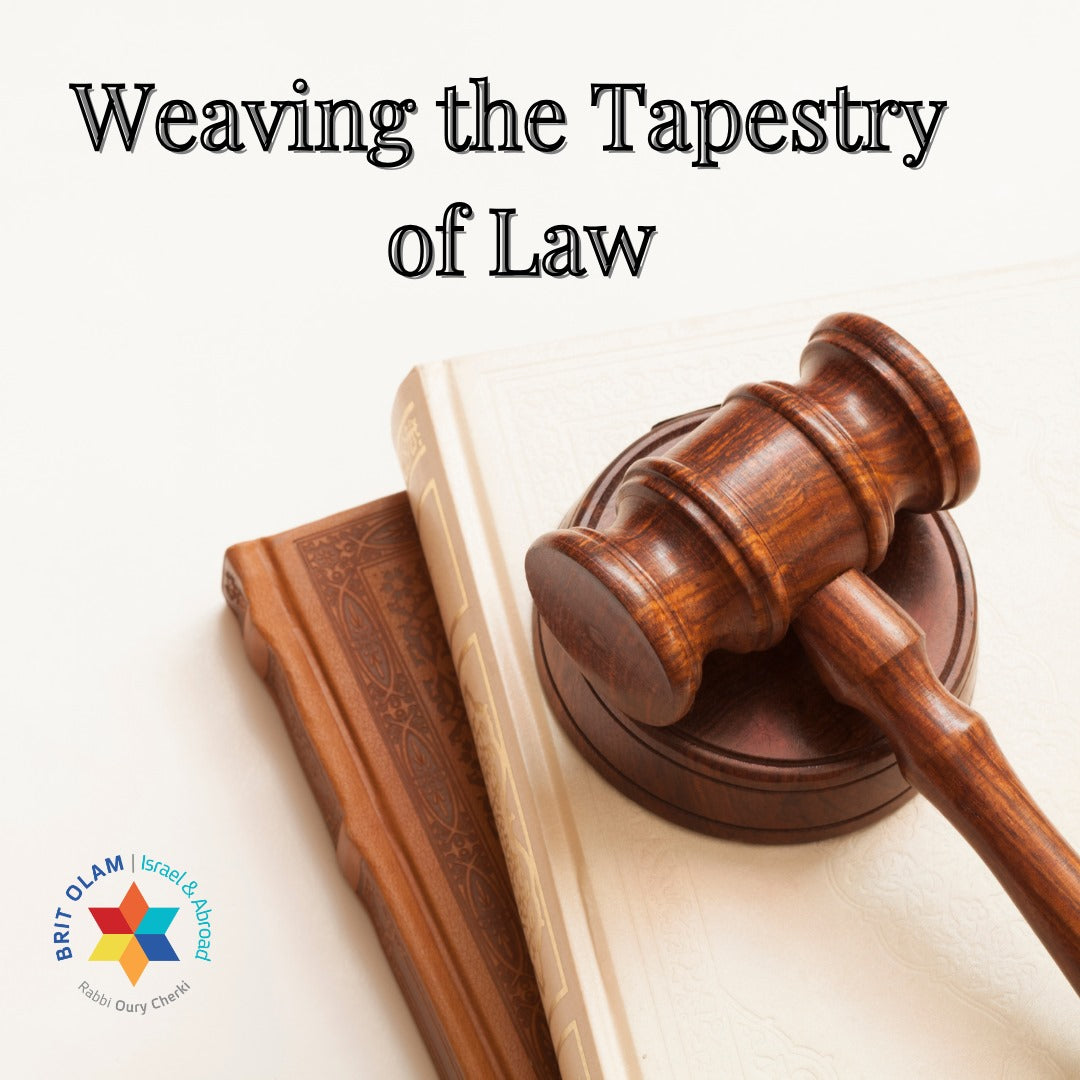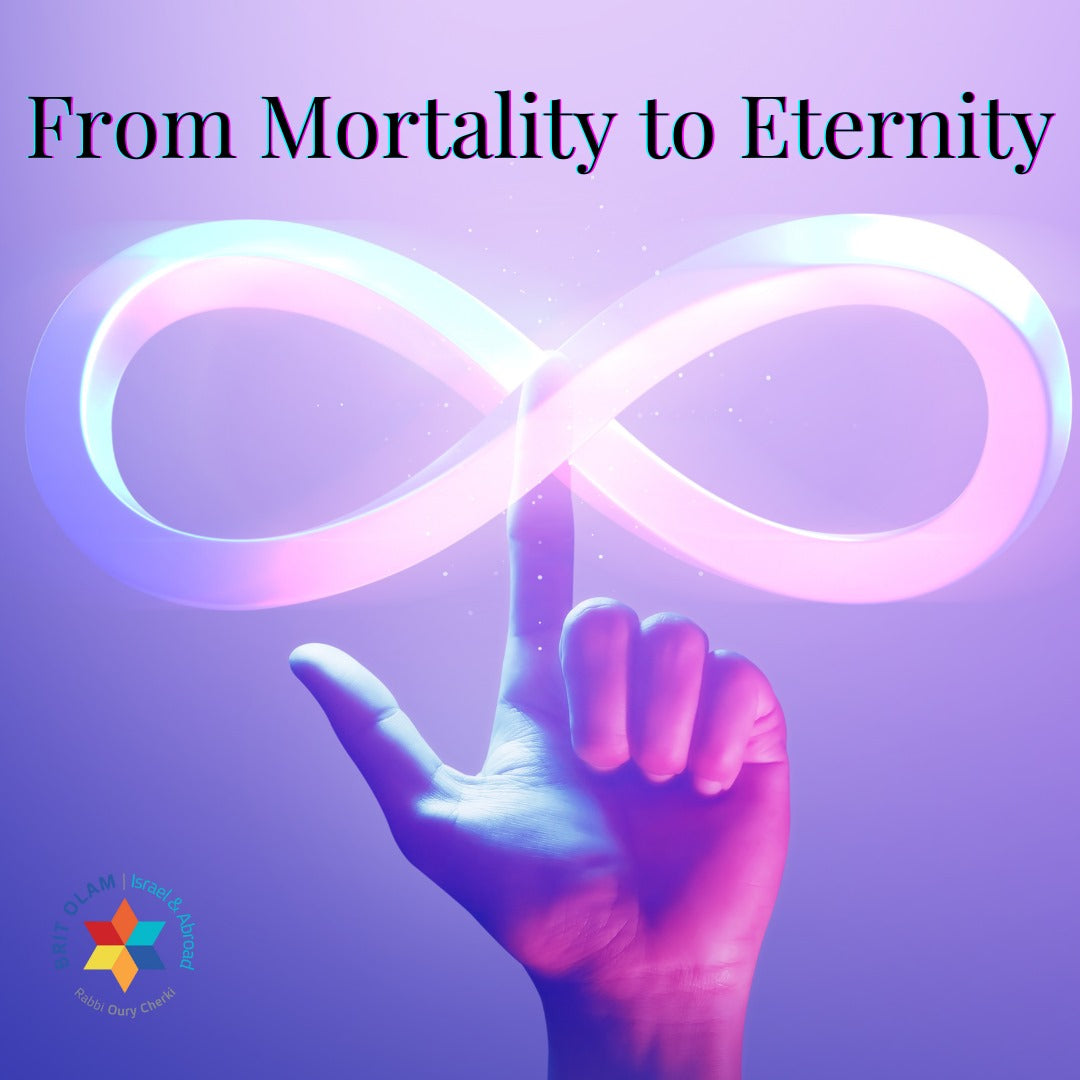The Torah portion of "Ki Tisa" is the Parsha of crisis. It's a Parsha of crisis in the process of revelation. Initially, God gave the tablets of the covenant, and everything seemed in order. However, we see that the people of Israel need to meet the requirements expected of them, as evidenced by their creation of the golden calf, which they worship and sacrifice. This results in the shattering of the tablets. But there's a remedy; after these actions, the second tablets are given following a request for forgiveness and atonement, demonstrating that mistakes can be rectified. The essence of our Parsha is that although there are mistakes, they can be corrected.
How did this mistake of the golden calf happen? It's pretty simple: Moses and Aaron are accustomed to working together - Moses outlines the direct path, and Aaron outlines the path of correction for those who have sinned. But what happens when Moses is atop the mountain and Aaron is below? There's a disconnect between Moses and Aaron, and Aaron finds himself in a situation where people ask to sin. What does the educator do when he sees his disciple faltering? One option is to say, "I don't agree with this fall; I set the truth, and that's it." This is one option. Aaron, the priest's educational strategy is different. He says we must participate with the sinner in their sin and then elevate them. There's danger in this pedagogy, but it's also told of Aaron, the priest who loved creatures and brought them closer to the Torah.
Aaron does not compromise on the fundamental principles of Moses' Torah. But he knows how to approach sinners. And from this, we learn for generations. Because when conveying divine messages and educational messages in general, there's always a need to maintain two paths. One path of absolute truth-telling is what Moses does when he descends from the mountain and burns the calf. In contrast, the second path involves knowing how to participate to some extent in the actions of the person faltering to raise and correct them. The connection made during the Parsha between Moses and Aaron shows that this combination ultimately wins, bringing rectification to the world.



